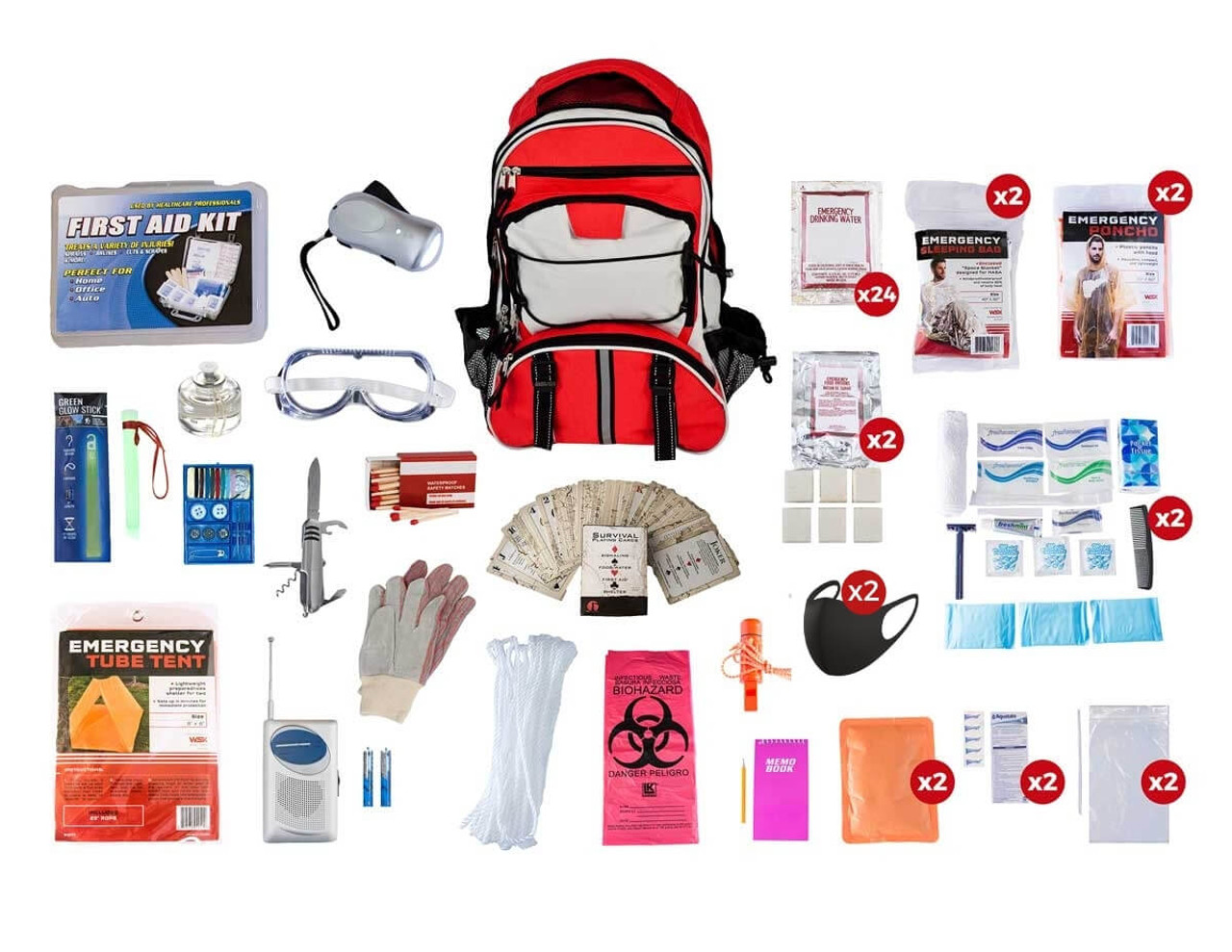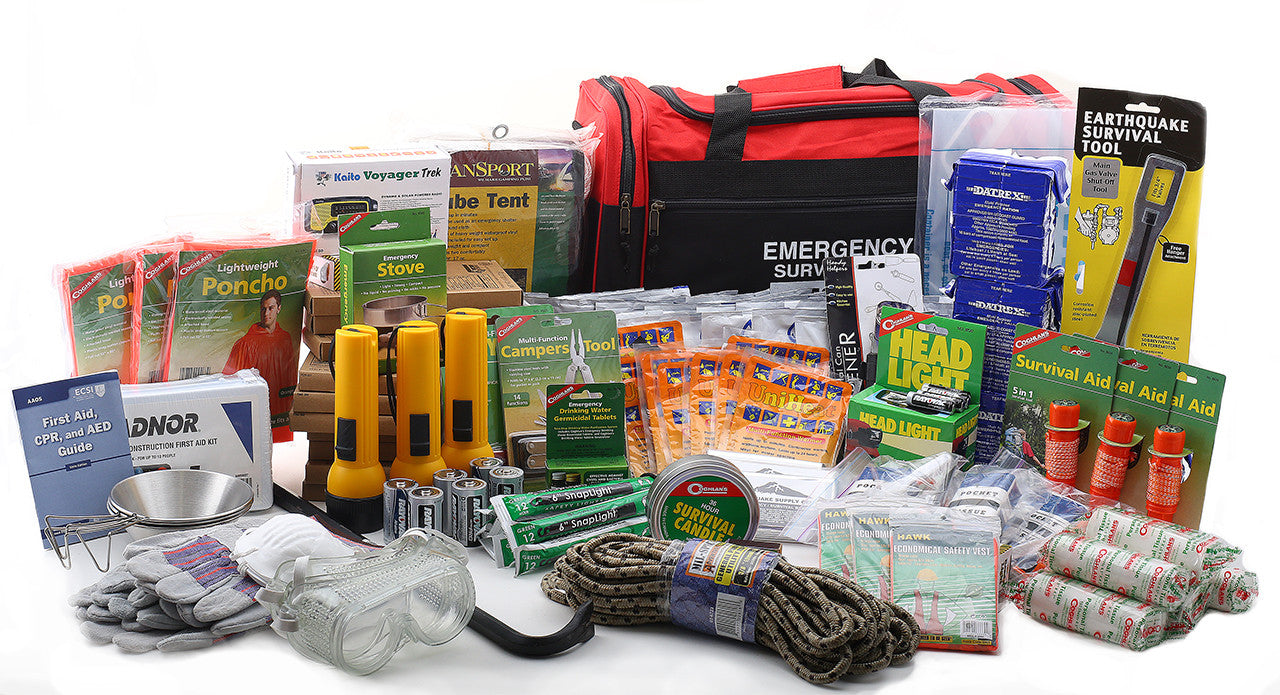How to Develop a Comprehensive Emergency Situation Preparedness Plan
In the world of preparedness, establishing a thorough emergency plan is not simply a job to mark off a checklist; it is a vital foundation of any company or person's resilience technique. From all-natural disasters to unanticipated crises, the capacity to prepare for, mitigate, and respond effectively can imply the difference between turmoil and control. By diligently crafting a plan that deals with different elements of emergency situation monitoring, including danger evaluation, interaction procedures, source appropriation, and strategic decision-making, one can lay a strong foundation for securing operations, lives, and assets. The true effectiveness of such a strategy lies not just in its development but also in its continuous upkeep and adaptation to progressing risks and difficulties.
Importance of Emergency Preparedness
Emergency readiness is vital for alleviating prospective risks and ensuring the safety and security of people and communities. In today's world, where natural calamities, public health and wellness dilemmas, and other emergencies can strike without warning, being prepared can make a considerable distinction in minimizing the effect of these events. By having a well-thought-out emergency situation readiness strategy in area, people and organizations can react efficiently, safeguard lives, and lower home damage.
One of the key reasons emergency situation readiness is crucial is its duty in conserving lives. When emergency situations occur, having a plan that details clear procedures for emergency, interaction, and emptying reaction can assist individuals act promptly and emphatically. This can avoid injuries and fatalities by making certain that people recognize what actions to require to remain secure
Additionally, emergency situation preparedness boosts the strength of neighborhoods. By promoting a culture of readiness and preparation for numerous situations, neighborhoods can recuperate quicker from disturbances and catastrophes. This strength is important for keeping stability, continuity of procedures, and overall well-being despite difficulty.
Assessing Prospective Risks
Considering the relevance of being planned for unanticipated occasions, the initial step in creating an effective emergency situation readiness strategy involves thoroughly assessing and analyzing prospective risks. This analysis requires a detailed review of all possible threats that could affect the organization, considering variables such as area, industry, and historic data on occurrences. By identifying these risks, companies can prioritize their preparedness efforts and allocate resources efficiently to reduce the most substantial threats.
Common dangers that organizations might deal with consist of all-natural catastrophes like hurricanes, earthquakes, or floods, technical risks such as power outages or information breaches, as well as human-caused threats like crashes or deliberate acts of physical violence. Carrying out a risk analysis also includes thinking about the potential impact of these events on the company's procedures, staff members, consumers, and track record. By carrying out a thorough danger analysis, organizations can establish tailored emergency response strategies that resolve their particular vulnerabilities and ensure effective readiness for any type of possible crisis.
Developing a Communication Strategy
Developing a clear and detailed communication strategy is important for reliable emergency situation preparedness within organizations. In times of situation, interaction plays a vital duty in ensuring the security and health of staff members, stakeholders, and the community. A well-thought-out interaction strategy ought to lay out clear lines of interaction, mark crucial personnel accountable for interaction jobs, and establish procedures for disseminating info swiftly and properly.
One key element of developing an interaction plan is identifying alternative and key interaction networks (EMERGENCY PREPAREDNESS). These can consist of email, text messaging, phone click here to find out more trees, social media systems, and public address systems. It is essential to ensure that these channels are trusted, accessible, and frequently examined to guarantee their effectiveness throughout emergency situations

Structure an Emergency Set
Given the critical relevance of readiness in times of crisis, a key element that companies must address is the facility of an emergency kit. When constructing an emergency package, it is necessary to consider the certain needs and situations of the company. Furthermore, companies should consist of essential papers, such as call lists, insurance policy details, and emergency action strategies, in waterproof containers within the kit.
Establishing Emptying Treatments
To ensure the safety and orderly emptying of employees throughout emergencies, organizations need to develop clear and effective discharge procedures. Evacuation procedures need to encompass a variety of potential situations, including fires, all-natural disasters, or various other emergencies that require swift emptying.

Furthermore, companies should establish a system for accountancy for all employees during an emptying to make certain that every person has safely left the properties. Interaction plays an important function in discharge procedures, with clear directions on just how to leave and when to do so. Regular review and updating of discharge procedures based upon feedback and altering circumstances are important to preserving the performance of the strategy.
Conclusion
To conclude, developing an extensive emergency preparedness plan is critical for ensuring the safety and well-being of people in the event of a calamity (EMERGENCY PREPAREDNESS). By assessing potential threats, developing an interaction strategy, developing an emergency kit, and establishing evacuation organizations, procedures and individuals can be much better equipped to react successfully to emergencies. It is essential to prioritize preparedness initiatives to alleviate the effect of catastrophes and protect lives and building
In the world of preparedness, creating a thorough emergency situation plan is not merely a job to check off a checklist; it is an essential keystone of any company or person's resilience strategy. When emergency situations happen, having a plan that details clear procedures for interaction, emergency, and discharge feedback can assist individuals act swiftly and emphatically. More about the author. By performing a comprehensive danger evaluation, companies can establish customized emergency situation feedback strategies that address their certain susceptabilities and make certain effective preparedness for any prospective situation
Creating a extensive and clear communication plan is essential for efficient emergency preparedness within organizations. By analyzing possible threats, producing a communication plan, building an emergency situation package, and establishing evacuation procedures, companies and people can be better outfitted to react effectively to emergency situations.